
Clear Thinking
Turning Ordinary Moments into Extraordinary Results
What's it about?
Clear Thinking is a practical guide that helps readers cut through cognitive biases and logical fallacies to make better decisions. Parrish offers valuable insights on how to improve critical thinking skills, avoid common mental traps, and cultivate a clear and rational mindset. With a focus on practical strategies and real-world examples, this book equips readers with the tools needed to navigate complex situations and think more clearly in all aspects of life.
About the Author
Shane Parrish is the founder of Farnam Street, a popular blog that explores decision-making, mental models, and learning. Known for his book "The Great Mental Models" and podcast "The Knowledge Project," Parrish offers insightful and practical advice on how to improve critical thinking and make better decisions. His writing style is clear, concise, and filled with valuable insights that challenge readers to think differently and approach problems with a new perspective.
10 Key Ideas of Clear Thinking
Embrace the Map is Not the Territory Concept
Understand that your perception of reality is not reality itself but merely a map or model.
Recognizing this difference helps in navigating complex situations more effectively by reminding you to question and update your assumptions and beliefs based on new evidence.
This approach encourages open-mindedness and flexibility, reducing the risk of being blindsided by unexpected changes or challenges.
Learn DeeperQuestion Your Assumptions Regularly: Make it a habit to critically evaluate the beliefs and assumptions you hold about your work, relationships, and the world at large. This could be as simple as asking yourself, 'What if I'm wrong?' or 'What evidence do I have for this belief?' Doing so can help you stay open to new information and perspectives.
Seek Out Diverse Perspectives: Actively look for opinions and viewpoints that differ from your own. This could involve reading books from authors with different backgrounds, engaging in conversations with people who have contrasting views, or exploring new cultures. Exposure to diverse perspectives can challenge your mental models and encourage you to think more broadly.
Embrace Uncertainty: Recognize that uncertainty is a natural part of life and that being overly attached to any one view or outcome can limit your ability to adapt. When faced with decisions, consider multiple scenarios and outcomes, not just the one you prefer or expect.
Update Your Beliefs: When presented with new evidence or information, be willing to update or revise your beliefs. This means acknowledging when you are wrong and adjusting your understanding accordingly. It's a sign of strength, not weakness, to change your mind in light of new evidence.
- Example
Imagine you're a manager who believes remote work hampers productivity. Upon encountering studies showing increased productivity in remote settings, instead of dismissing them, you decide to explore this further. You conduct a small experiment allowing some team members to work remotely and monitor their performance, thereby testing your assumptions against reality.
- Example
You've always believed that a particular political party aligns with your values. However, during an election cycle, you make a point to read the platforms of all parties and attend debates or town halls. You find that another party proposes policies that better address your current concerns. Instead of sticking to your original belief out of loyalty, you update your political stance based on new information.
Apply First Principles Thinking
Break down complex problems into their most basic, foundational elements.
By understanding these core principles, you can reconstruct your approach to problem-solving, leading to innovative solutions.
This method allows for clearer thinking by stripping away assumptions and conventional wisdom, focusing instead on what is fundamentally true and building from there.
Learn DeeperIdentify the Basic Elements: Start by asking yourself what the fundamental truths or elements are that underpin the problem you're facing. This could be as simple as identifying the core goal of a project or the basic needs of a customer.
Question Assumptions: Challenge the conventional wisdom or assumptions that are related to your problem. Ask yourself, 'Is this necessarily true?' or 'What if the opposite were true?'
Rebuild the Problem: Once you've broken the problem down and questioned the assumptions, start reconstructing it from the ground up. This approach might lead you to see new pathways or solutions that weren't apparent before.
Apply Across Fields: Use first principles thinking in various aspects of your life, from personal finance to career decisions. The versatility of this method can lead to innovative solutions in diverse areas.
- Example
Elon Musk's approach to SpaceX: Instead of accepting the high cost of space travel as a given, Musk broke down a rocket to its fundamental components and materials, discovering that the materials only made up a small fraction of the cost. By deciding to build his rockets, he significantly reduced the cost of space travel.
- Example
Solving a business problem: When faced with declining sales, instead of just ramping up marketing efforts, a company applies first principles thinking. They break down the issue to discover that the core problem is not product visibility but customer satisfaction. By focusing on improving the product based on customer feedback, they address the root cause and eventually see an increase in sales.
Utilize Mental Models
Leverage a diverse set of mental models from various disciplines to improve decision-making and problem-solving.
Mental models are frameworks or theories that help explain how things work.
By having a broad toolkit of these models, you can approach problems from multiple perspectives, increasing the likelihood of finding effective solutions and making better decisions.
Learn DeeperIdentify and Learn Key Mental Models: Start by identifying key mental models across different disciplines such as economics, psychology, and physics. For example, learn about supply and demand from economics, the confirmation bias from psychology, and Newton's Laws of Motion from physics. Spend time each week learning a new model and thinking about how it applies to your life.
Apply Mental Models to Daily Decisions: Once you have a basic understanding of several mental models, begin applying them to your daily decisions. For instance, use the Pareto Principle (80/20 rule) to prioritize tasks, or apply the sunk cost fallacy to avoid throwing good money after bad in business or personal investments.
Reflect on Outcomes Using Mental Models: After making decisions, reflect on the outcomes with the mental models in mind. Consider what worked, what didn’t, and how different models could have led to better decision-making. This reflection will deepen your understanding and ability to apply mental models effectively.
Share and Discuss Mental Models with Others: Engage in discussions with friends, family, or colleagues about mental models. Explaining these concepts to others can clarify your own understanding and potentially provide new insights into their applications.
- Example
When deciding how to invest your savings, you might use the Opportunity Cost model to weigh the potential benefits of investing in stocks versus a high-yield savings account. Considering what you might give up by choosing one option over the other can lead to a more informed decision.
- Example
If you're leading a project at work and need to allocate your team's time effectively, apply the Pareto Principle. Identify the 20% of tasks that will yield 80% of the results. This can help you prioritize work to be more productive and efficient.
Practice Second-Order Thinking
Go beyond immediate consequences and consider the second and subsequent order effects of actions and decisions.
This involves thinking ahead and contemplating the longer-term outcomes that might not be immediately obvious.
By doing so, you can avoid unintended negative consequences and identify potential opportunities and risks that others might overlook.
Learn DeeperPause Before Deciding: Whenever you're about to make a decision, especially a significant one, take a moment to pause. Use this time to think beyond the immediate effects of your choice. Ask yourself, 'What comes next after this?' and 'How will this affect my future or the future of others?'
Journal Your Predictions: Start a habit of writing down your decisions and the second-order effects you anticipate. This practice not only helps in refining your thought process over time but also allows you to look back and learn from what you predicted correctly or missed.
Seek Diverse Perspectives: Before finalizing your decision, talk to people who might see things differently. This can help you uncover potential second-order effects you hadn't considered. It's like crowd-sourcing your foresight.
Use 'If-Then' Thinking: For each decision, map out a few 'If this happens, then that could follow' scenarios. This method helps in visualizing potential chains of outcomes and prepares you for various possibilities.
- Example
Imagine you're considering introducing a new product feature based on customer feedback. First-order thinking focuses on the immediate positive feedback and increased usage. Second-order thinking, however, prompts you to consider how this feature might increase support calls, require more staff training, or even alienate users who preferred the simplicity of the old version.
- Example
Consider a company deciding to cut costs by reducing employee benefits. First-order thinking highlights immediate savings. Second-order thinking reveals potential long-term effects such as decreased employee morale, higher turnover rates, and the cost of recruiting and training new employees, which might outweigh the initial savings.
Implement Inversion
Approach problems from the opposite end by considering how to prevent failure or avoid undesired outcomes instead of just aiming for success.
This tactic helps in identifying potential pitfalls and obstacles early on, allowing for strategies that minimize risks and enhance the likelihood of achieving goals.
It's a powerful tool for improving planning and decision-making processes.
Learn DeeperStart with the end in mind: Before embarking on any project or goal, take a moment to visualize what failure looks like. What are the key factors that could lead to this undesired outcome? This will help you to identify potential risks and obstacles from the outset.
List down potential pitfalls: Once you have a clear understanding of what could go wrong, make a list of these potential pitfalls. This exercise forces you to think critically and proactively about avoiding these issues.
Develop preventive measures: For each pitfall listed, brainstorm possible ways to prevent it from happening. This could involve setting up checkpoints, creating backup plans, or implementing safeguards that ensure you're steering clear of known dangers.
Regularly review and adjust your approach: As you progress towards your goal, regularly revisit your list of potential pitfalls and preventive measures. The landscape might change as you move forward, so be prepared to adjust your strategies accordingly.
- Example
If you're working on launching a new product, inversion would involve asking yourself, 'What could cause this launch to fail?' Potential answers might include poor market fit, inadequate marketing, or production issues. By identifying these potential problems upfront, you can work on strategies to mitigate them, such as conducting thorough market research, planning a robust marketing campaign, or securing reliable suppliers.
- Example
When planning a career move, consider what might hold you back or cause you to fail in achieving your new position. This could be a lack of certain skills, not understanding the industry well enough, or weak networking. To invert the situation, you might then focus on acquiring those skills, deepening your industry knowledge, or building stronger professional connections.
Deeper knowledge. Personal growth. Unlocked.
Unlock this book's key ideas and 15M+ more. Learn with quick, impactful summaries.
Read Full SummarySign up and read for free!
Clear Thinking Summary: Common Questions
Experience Personalized Book Summaries, Today!
Discover a new way to gain knowledge, and save time.
Sign up for our 7-day trial now.
No Credit Card Needed

Similar Books
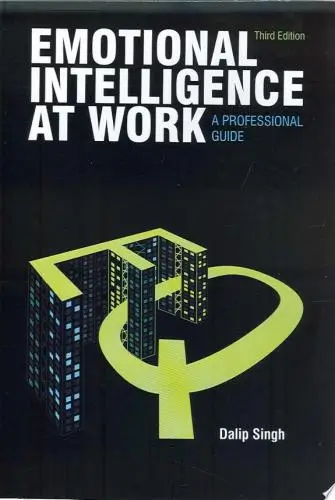
Emotional Intelligence at Work
Dalip Singh
Seeing the Big Picture
Kevin Cope
Leadership Is Concept Heavy
Dr. Enoch Antwi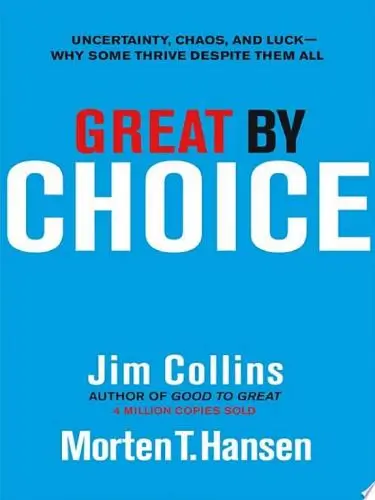
Great by Choice
Jim Collins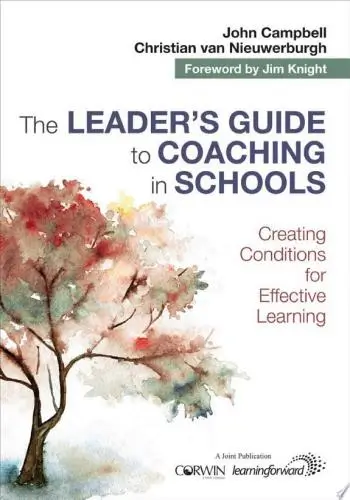
The Leader′s Guide to Coaching in Schools
John Campbell
Preparing School Leaders for the 21st Century
Stephan Gerhard Huber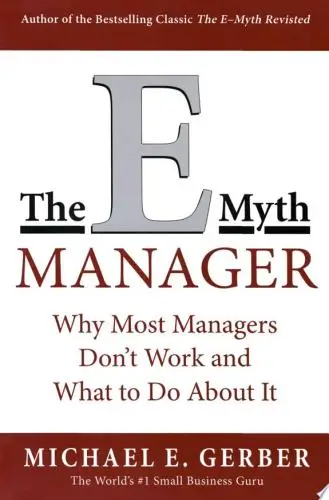
The E-Myth Manager
Michael E. Gerber
Leadership Is Language
L. David Marquet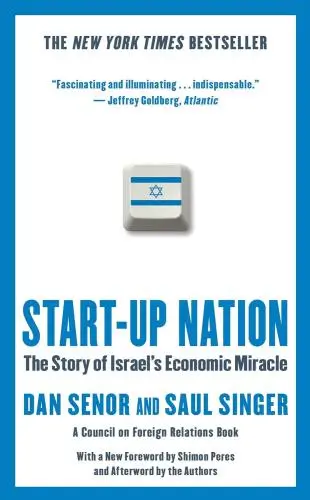
Start-up Nation
Dan Senor
The Founder's Dilemmas
Noam WassermanTrending Summaries

Peak
Anders Ericsson
Never Split the Difference
Chris Voss
Smart Brevity
Jim VandeHei
The Psychology of Money
Morgan Housel
The First 90 Days
Michael D. Watkins
Atomic Habits
James Clear
Thinking, Fast and Slow
Daniel Kahneman
The Body Keeps the Score
Bessel van der Kolk M.D.
The Power of Regret
Daniel H. Pink
The Compound Effect
Darren HardyNew Books

The Art of Spending Money
Morgan Housel
$100M Offers
Alex Hormozi
A Candle for Kiri
Edna Mae Holm
Principles of Marketing, Global Edition
Gary Armstrong
Serpent Rising: The Kundalini Compendium
Neven Paar
Feeling Is the Secret
Neville Goddard
The 100 Best Business Books of All Time
Jack Covert
My Oxford Year
Julia Whelan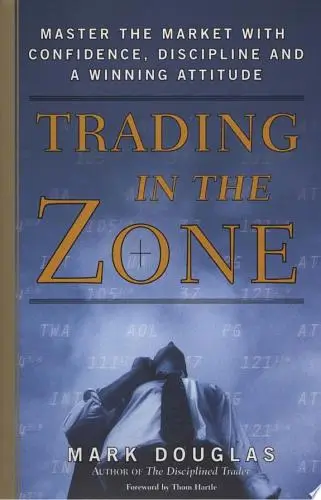
Trading in the Zone
Mark Douglas
